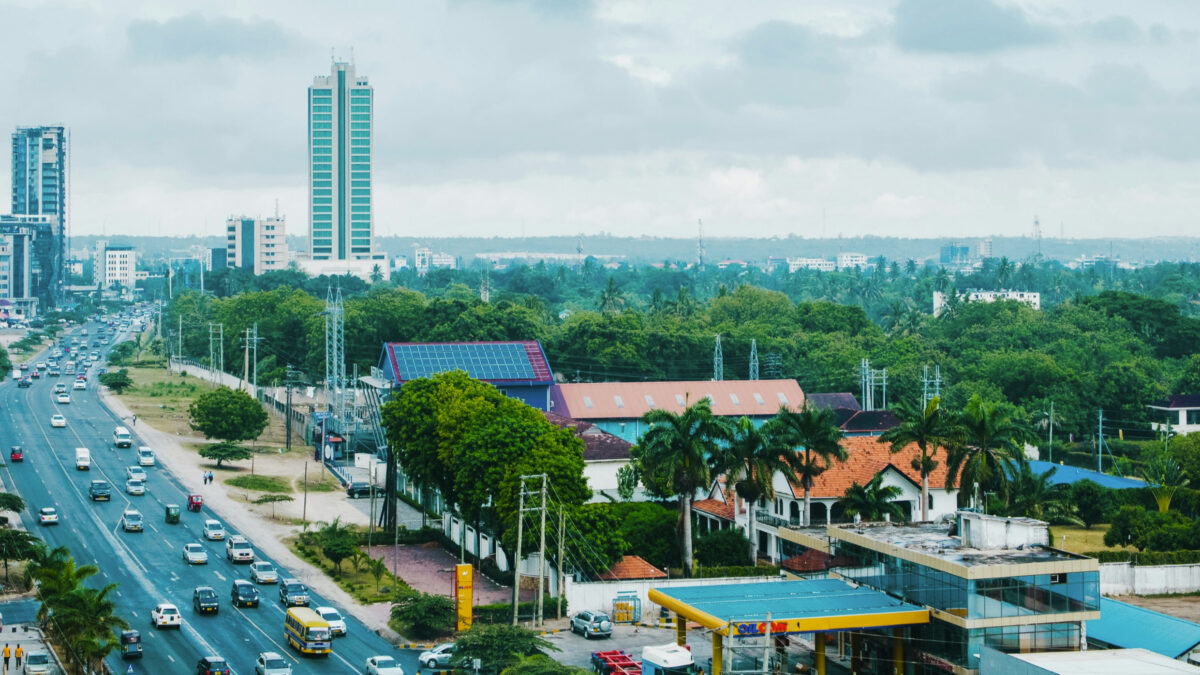Since 2020, African countries have found themselves at the epicenter of a ‘polycrisis’. The onset of the COVID-19 pandemic, the globalization of inflation and subsequent interest rate hikes, as well as worsening climate shocks and the impact of rising geopolitical tensions, have left nations in a highly vulnerable position.
While these external shocks have attracted attention, many African countries are silently struggling with dangerously large debt burdens. The external sovereign debt of African nations has nearly tripled between 2008-2022 and the intertwined challenges of climate vulnerability and unsustainable debt threaten to derail Africa’s development trajectory.
A new policy brief by Bogolo Kenewendo, Patrick Njoroge and Alexander Dryden details the challenging debt dynamics facing African nations and outlines several solutions that would improve their fiscal capacity to address the climate emergency and embark on a sustainable growth pathway.
Key findings:
- External debt levels have increased by 240 percent between 2008-2022 due to external shocks from climate impacts, energy and food price spikes, and the hiking of interest rates by central banks in advanced countries. Half of African nations are now spending more on interest payments alone than on their public health budgets.
- Debt owed to private bondholders soared from $25 billion in 2008 to $187 billion in 2022.
- By 2028, 14 African countries are projected to breach solvency thresholds with a further 20 nations expected to exceed at least one of the solvency metrics identified in the report.
- Since 2020, four African nations have defaulted, and the number of regional economies effectively barred from international capital markets has grown from one in 2010, to 11 in 2024.
- Without addressing the debt crisis, countries will be trapped in a vicious cycle of climate impacts leading to an effective ‘default on development,’ as well as chronic underinvestment and political instability.
- At least 34 African countries will need significant debt relief to unlock the necessary funding for the United Nations 2030 Sustainable Development Goals and Paris Agreement targets, alongside other forms of low cost and concessional financing. Low-cost finance alone will not be enough to close their funding gap.
- The case-by-case approach under the G20 Common Framework has proven lengthy and insufficient to provide the necessary debt relief for improving a country’s fiscal health.
- The proposals laid out in the policy brief would empower indebted and climate vulnerable African countries to pursue sustainable green growth pathways by providing regional governments with the necessary tools to achieve their climate and development goals. This requires a substantial infusion of low-cost financing, comprehensive debt relief and a fundamental restructuring of the global financial architecture.
- African leadership, particularly in upcoming international forums, will be crucial in 2025 to champion essential reforms of the current debt and financial architecture, helping to break the vicious cycle and deliver sustainable and inclusive growth to the region.
Debt relief and reforms to the global financial system are crucial, not just for Africa but for the world, as the continent’s prosperity and climate leadership are vital to achieving the UN’s 2030 Sustainable Development Goals and tackling climate change.
